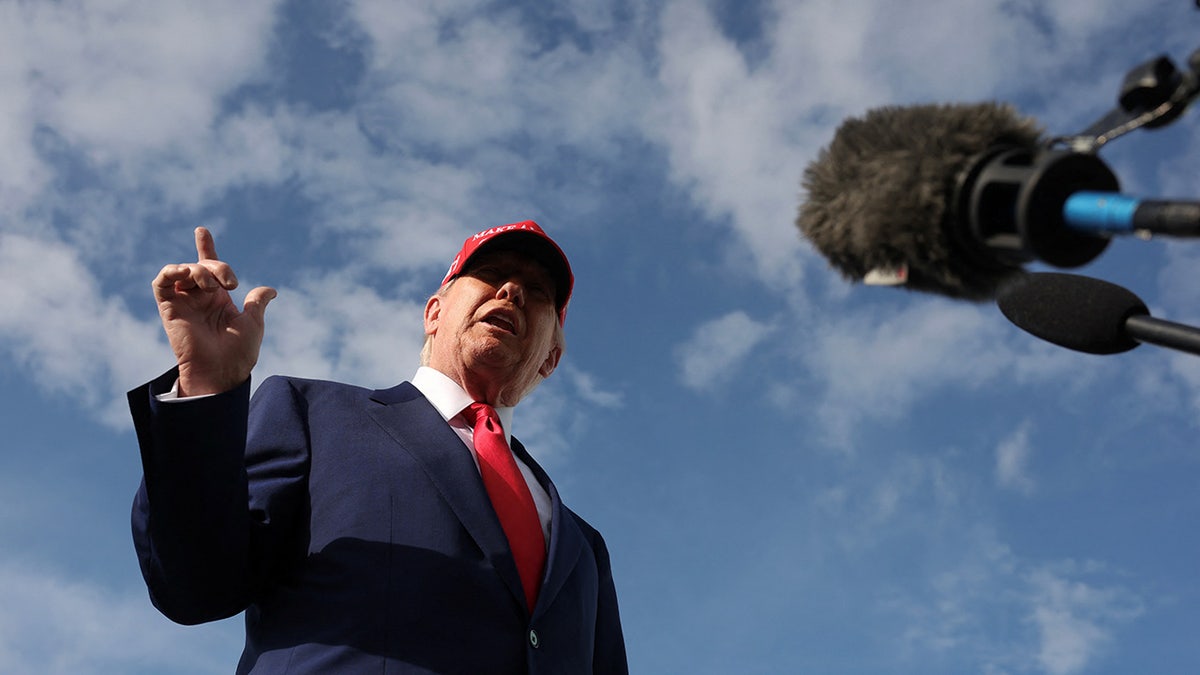
Trump Administration Faces Legal Challenges Over Mass Firings of Probationary Federal Workers
The Trump administration is embroiled in a series of legal battles following its decision to terminate thousands of probationary federal employees across multiple government agencies. These firings, initiated as part of a broader effort to reduce the size of the federal workforce, have been met with strong opposition from labor unions and other organizations, leading to court challenges and raising questions about the administration’s adherence to proper procedures.
President Donald Trump has publicly criticized the court rulings that have ordered the reinstatement of these workers, suggesting that the Supreme Court may ultimately need to intervene. He characterized the judges’ actions as an overreach of judicial authority, infringing upon the executive branch’s power to manage the federal workforce.
The controversy began with a directive from the Office of Personnel Management (OPM) that resulted in the mass termination of probationary employees at six government agencies, including the Departments of Veterans Affairs, Agriculture, Defense, Energy, Interior, and Treasury. Probationary employees are those who are still within their initial trial period of employment and typically lack the full civil service protections afforded to more established government workers.
The Trump administration argued that these layoffs were performance-related and therefore not subject to the regulations governing large-scale reductions in force. However, labor unions and other organizations challenged this assertion, arguing that the firings were carried out without proper notice or justification and violated the rights of the affected employees.
Two federal judges have issued rulings against the Trump administration, ordering the reinstatement of the fired workers. U.S. District Judge William Alsup in San Francisco issued an order requiring the administration to rehire the terminated employees, prompting President Trump’s strong rebuke. Shortly thereafter, U.S. District Judge James Bredar in Baltimore issued a similar ruling, ordering the administration to cease the firings for two weeks while the federal workforce returns to its previous regulations. Bredar argued that the Trump administration had ignored proper procedures for mass layoffs.
President Trump has characterized these court orders as "absolutely ridiculous" and has suggested that some of the fired employees may not even exist. He expressed concern that the government would be forced to pay individuals who are not actively working or whose existence cannot be verified.
The Trump administration has appealed these rulings to the 4th and 9th Circuit Courts of Appeals. A senior White House official stated that the administration is complying with the court orders in the meantime but remains confident that it will ultimately prevail in court.
The legal challenges surrounding the mass firings of probationary federal workers are part of a broader pattern of lawsuits filed against the Trump administration’s policies and actions. Since taking office, the administration has faced more than 100 lawsuits challenging various executive orders and policy decisions.
In addition to the legal challenges related to the mass firings, the Trump administration has also filed an emergency petition with the Supreme Court seeking to allow parts of its executive order restricting birthright citizenship to take effect while other legal battles play out in the states. This underscores the administration’s willingness to aggressively pursue its policy agenda through the courts, even when faced with significant legal opposition.
The lawsuits surrounding the probationary worker firings highlight the ongoing tension between the executive branch’s authority to manage the federal workforce and the rights of government employees. Labor unions and other organizations argue that the Trump administration has acted arbitrarily and capriciously in carrying out these firings, violating the principles of due process and fair treatment. The administration, on the other hand, maintains that it has the authority to manage the federal workforce in an efficient and effective manner.
The outcome of these legal battles could have significant implications for the future of the federal workforce and the rights of government employees. If the courts ultimately uphold the Trump administration’s actions, it could embolden the administration to pursue further reductions in the federal workforce and weaken the protections afforded to probationary employees. Conversely, if the courts rule against the administration, it could send a strong message that the executive branch must adhere to proper procedures and respect the rights of government employees.
The case also raises questions about the role of the judiciary in overseeing the actions of the executive branch. President Trump has accused the judges who ruled against his administration of overstepping their authority and interfering with the executive branch’s ability to manage the federal workforce. However, supporters of the court rulings argue that the judiciary has a vital role to play in ensuring that the executive branch acts within the bounds of the law and respects the rights of individuals.
The legal battles surrounding the mass firings of probationary federal workers are likely to continue for some time, potentially reaching the Supreme Court. The outcome of these cases will have a significant impact on the federal workforce and the balance of power between the executive and judicial branches. The administration’s commitment to reducing the size of government and streamlining operations is being tested against the legal and procedural rights of federal employees, setting the stage for a landmark decision that could reshape the landscape of public service.
